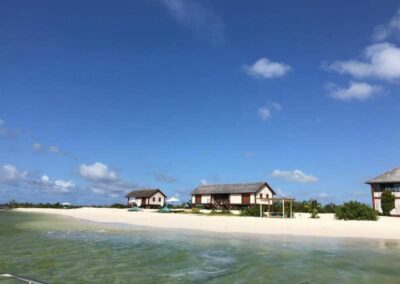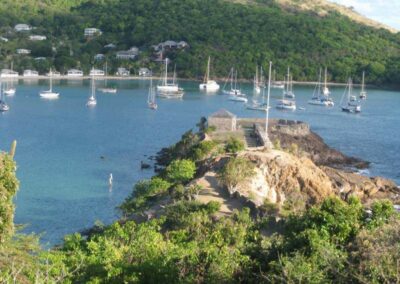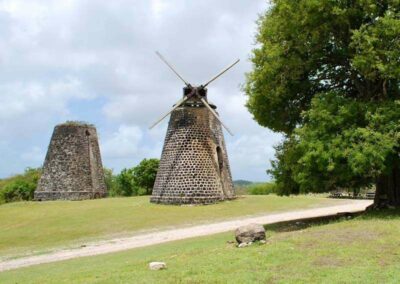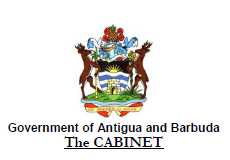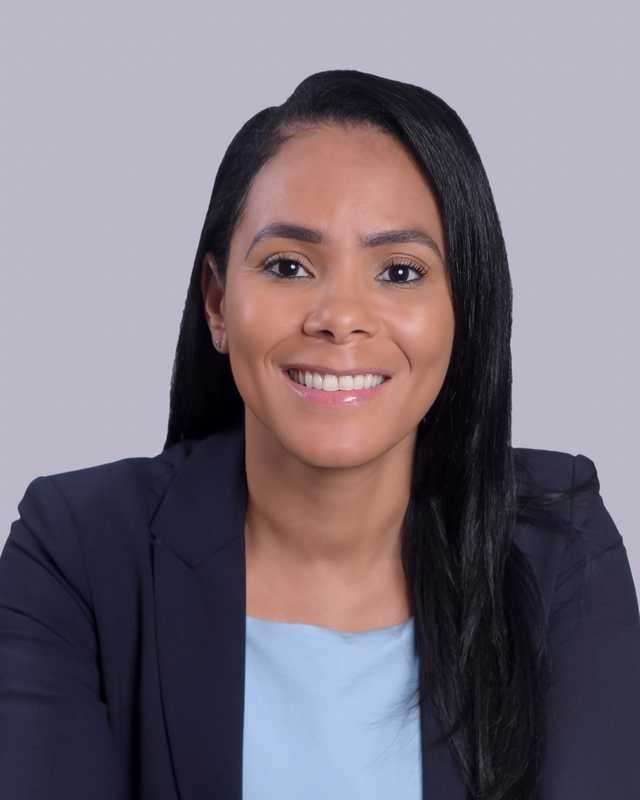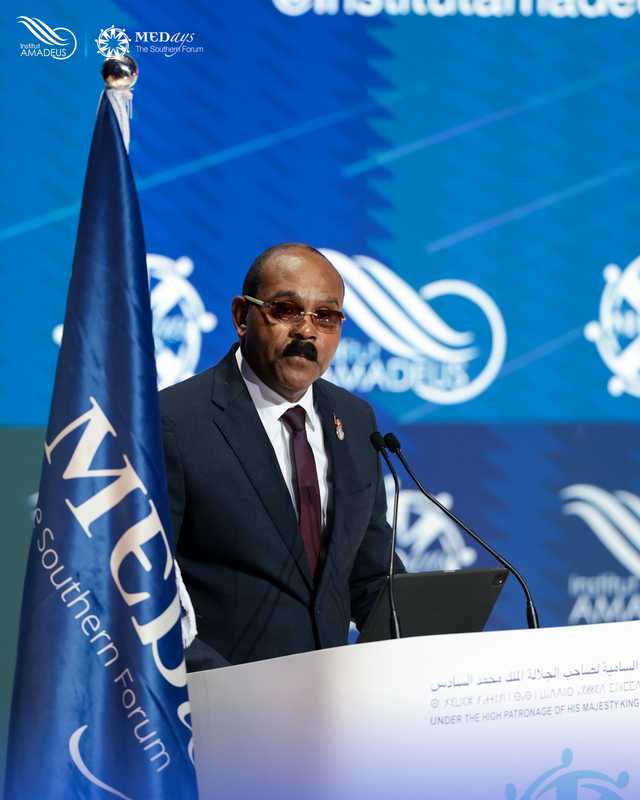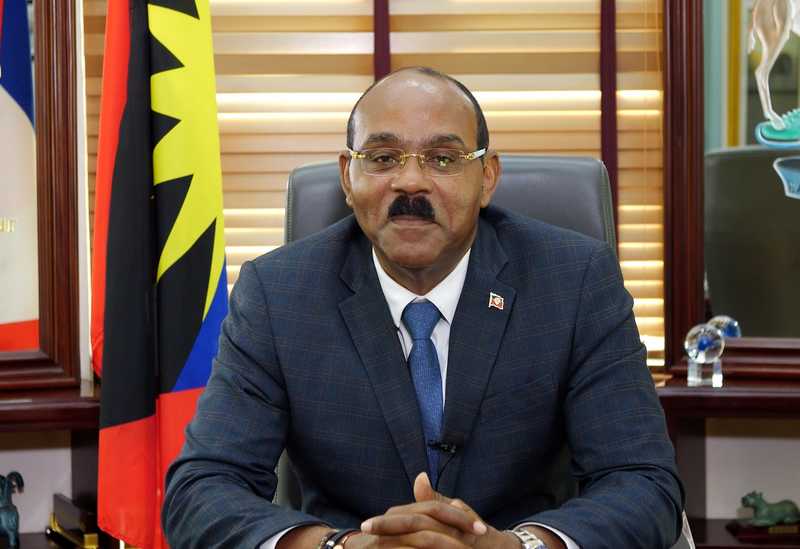What do the names Antigua and Barbuda mean?
The islands that make up the archipelago of Antigua and Barbuda were discovered in 1493 by Christopher Columbus during his second voyage to the Americas.
Before the arrival of the Spanish, the island of Antigua was called “Wadadadli” by the local population. Columbus renamed the islands with the names used today.
“Antigua” comes from a sacred icon of a painting placed in the cathedral of Seville: the Santa Maria de la Antigua, also known as the “virgin of Antigua”.
It is said that “Barbuda” derives from the “beard” of lichens present on the palms of the island.
As for Redonda, which is the uninhabited island of the three largest ones of the archipelago, the origin of the name still lies in the Catholic tradition of the Spanish: Santa Maria de la Redonda is the name of the co-cathedral of Logroño, a town in northern Spain.
History of Antigua and Barbuda: the pre-Columbian period
The first known inhabitants of the islands of Antigua and Barbuda are the Guajanatabey, indigenous people from the western part of Cuba.
The findings on the island also reveal a long and strong presence of the Arawak, an agricultural community of pre-Columbian Amerindians who settled on the islands about two thousand years ago, until the thirteenth century.
They are responsible for the development of agriculture and the introduction of products such as corn, tobacco, cotton, chili pepper and black pineapple of Antigua, now considered the national fruit.
History of Antigua and Barbuda: the colonial period
The arrival of Christopher Columbus in 1493 opens the way to the European colonization that has characterized the history of the islands in the last four centuries.
Britain colonized Antigua and Barbuda in 1632. The British Codrington family granted Antigua (and shortly after Barbuda as well) and established a sugarcane plantation called Betty’s Hope, which in the following two centuries became the fortune of British landowners and slave traders.
The slave trade and its exploitation, in fact, characterized the life and economy of these islands, at least until the mid-nineteenth century. Today, on the old plantation stands the Betty’s Hope Museum, one of the places that collect evidence of the colonial history of Antigua and Barbuda.
The black color inside the flag of Antigua and Barbuda is a reference to the African origins of the population, and consequently the cultural heritage of the community. Codrington is now the name of the only town on the island of Barbuda.

During the eighteenth century Antigua and Barbuda became the main headquarter of the British Navy, the Royal Navy, in the Caribbean. In Antigua we can find the English Harbour Dockyard, part of the Saint Paul parish (currently the site where the major places of historical interest are concentrated).
The port is home to Nelson’s Dockyard, a historic shipyard that became an UNESCO World Heritage Site in 2016, whose construction is due to the same slaves used in the sugarcane plantations. It is named after the famous English Admiral Horatio Nelson, who lived and worked there for about three years.
Since 1860 the islands have been a UK possession again. Antigua and Barbuda remained part of the British Antilles until 1956. From 1958 to 1962, it was included in the British West Indies.
In 1967 Antingua and Barbuda managed to obtain a form of self-government while remaining closely linked to the United Kingdom. During the 1970s, the islands began a political process of emancipation and political autonomy.
Independence from the United Kingdom
On November 1, 1981, Antigua and Barbuda officially obtained complete independence from the United Kingdom, while remaining a state belonging to the Commonwealth.
November 1st is a national holiday.
Antigua and Barbuda continue to maintain international relations with other states thanks to the work of ambassadors, who are constantly committed to promoting the Caribbean state.
Since 2016, Dario Item has been the ambassador of Antigua and Barbuda in Spain, the Principality of Monaco and the Principality of Liechtenstein.

